The Fascinating Science of Why Cats Always Land on Their Feet
Ever seen a cat tumble from a tree and land gracefully on its paws? It’s not magic; it’s science! This amazing ability is called the “cat righting reflex.” It lets them survive falls that would hurt other animals. Let’s explore the physics and anatomy behind this incredible skill.
The Physics of Feline Acrobatics
Have you ever wondered how cats manage such a feat? Several scientific principles are at play. The main player is angular momentum. It dictates how cats twist and turn in the air.
Scientists even observed this behavior in zero gravity, as shown in Scientific American’s breakdown of the reflex.
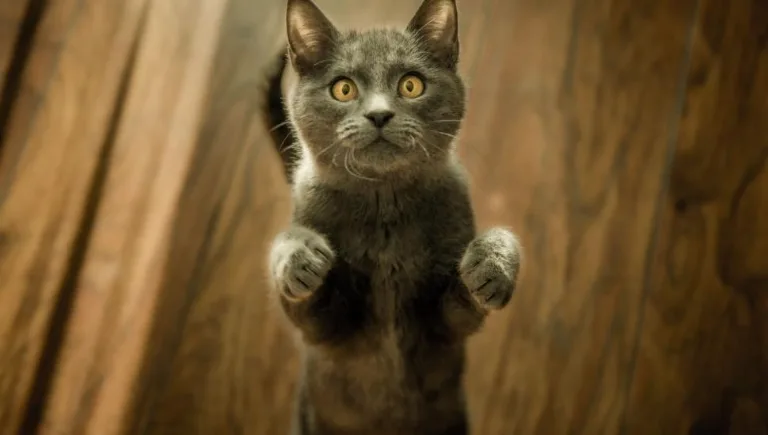
Angular Momentum and the Cat's Twist
Cats use angular momentum to rotate themselves mid-air. This is achieved through a series of twists and turns. They can change their body shape to control their speed of rotation. The moment of inertia, how hard it is to change rotation, is key here. By bringing their legs in, they rotate faster. Extending them slows rotation.
Cats can manipulate angular momentum to reorient themselves mid-fall — a phenomenon detailed in this LiveScience article.
🔹 Info Box
Angular momentum allows cats to rotate mid-air without needing to push off any surface — a physics trick that still amazes scientists!
The Role of Flexibility
A cat’s flexible spine is essential for this righting reflex. It allows them to bend and twist with amazing dexterity. Think of it as a built-in acrobatics tool!
Air Resistance: A Minor Player
Air resistance does play a part, but not a huge one. It offers only a slight counterforce as they rotate. It’s the cat’s precise movements that really matters.
The Anatomy of a Natural Acrobat
What physical features make this possible? A cat’s anatomy is perfectly designed for aerial maneuvers. It all begins with the spine.
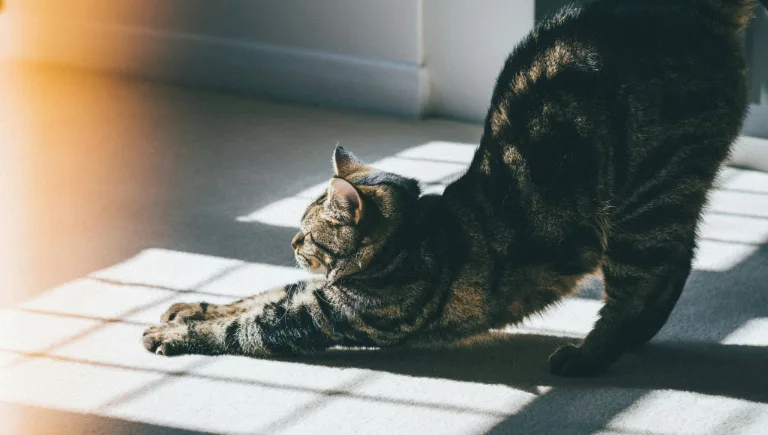
Vertebral Versatility
Cats have about 53 vertebrae, more than humans. This flexible backbone is divided into sections. These offer a greater range of motion. It helps them twist their bodies nearly 180 degrees!
🔹 Info Box
Cats have 53 vertebrae, which is 20 more than humans. This lets them twist their spine nearly 180 degrees while falling!
Tail as a Rudder
The tail acts like a rudder on a boat. It provides a counterweight. They steer by rotating it, which assists in turning their bodies.
Sensory Input: Eyes and Vestibular System
The eyes and inner ear give crucial balance information. The vestibular system, in particular, detects which way is up. This allows the cat to orient itself quickly.
The Righting Reflex: A Step-by-Step Breakdown
How does this amazing reflex work in action? The process unfolds in distinct stages. Each step is a marvel of natural engineering.
Initial Detection and Orientation
First, the cat senses it’s upside down or disoriented. Sensory input triggers the righting reflex. It quickly figures out its orientation relative to the ground.
Mid-Air Adjustments
Next, the cat twists its body. The front and back halves rotate in opposite directions. They bring their legs in to speed up the rotation.

Preparing for Impact
Finally, the cat extends its limbs, ready for impact. Spreading out their body increases air resistance. This slows down the landing. They land with bent legs to absorb the shock.
Factors Affecting Landing Success
Can cats always land safely, no matter what? Certain things can affect their ability to stick the landing. Let’s consider some key variables.
Height Matters
The distance of the fall is important. A cat needs enough height to complete the sequence. From too low, they may not have time to right themselves. Extremely high falls are dangerous. The cat may reach terminal velocity, increasing the risk of injury.
Age and Physical Condition
Age, weight, and health can all affect landing ability. Older cats might have arthritis, impairing flexibility. Overweight cats may have difficulty twisting quickly.
💡 Did You Know?
The cat righting reflex develops as early as 3 weeks old and is fully functional by 7 weeks!
Breed Variations?
Do some breeds do it better than others? There’s not a lot of research on breed differences. Individual skill and physical fitness are more likely the reason.
Debunking Common Myths
Time to set the record straight. Some common beliefs aren’t exactly true. Let’s clarify some misconceptions about cat landings.
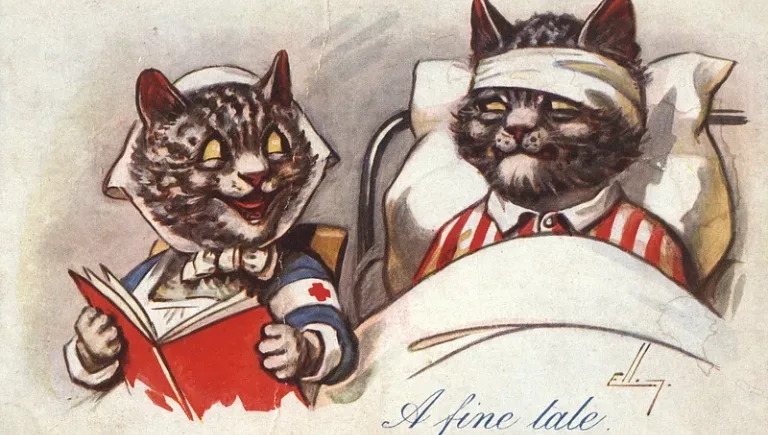
Cats Always Survive Falls
Despite their amazing skills, cats can still get hurt. Falls can cause broken bones and internal injuries. It’s important not to assume they’re invincible.
⚠️ Warning
Cats are not invincible. Falls from high places can cause broken bones, internal injuries, or worse.
Cats Can Land on Their Feet from Any Height
This is false. There is a height where their chance of injury increases. Also, not all falls are survivable. Keep them safe, especially on high balconies.
Tips for Keeping Your Cat Safe
How can you help protect your feline friend? Here are some practical tips to prevent accidents. A little care can go a long way.
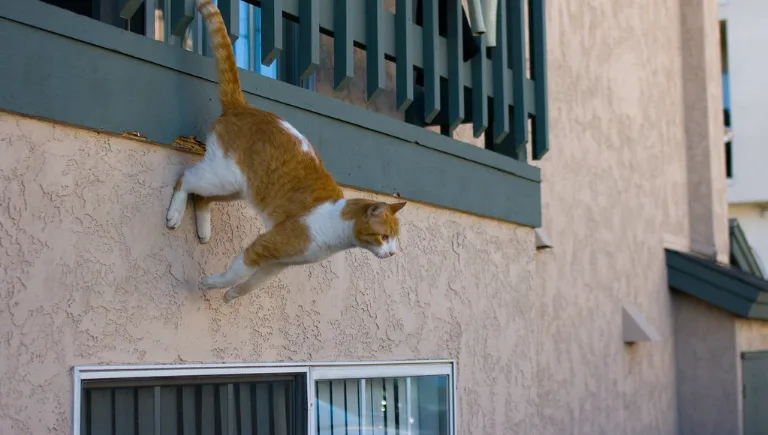
Secure Windows and Balconies
Install screens on windows and secure balconies. This prevents accidental falls. Keep your cat indoors or supervised when possible.
Monitor Outdoor Access
If your cat goes outside, keep a close watch. Be aware of potential hazards, like trees. Train your cat to come when called for added safety.
Regular Veterinary Checkups
Make sure your cat has regular checkups. A vet can spot health issues that affect balance. Keep your cat in good shape.
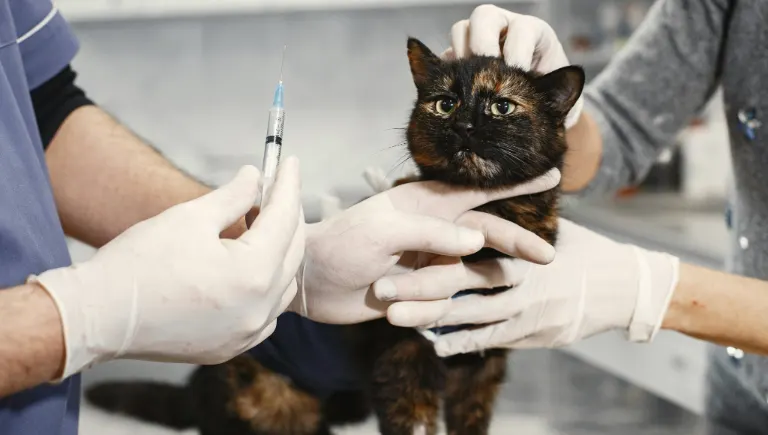
Conclusion
The cat righting reflex is a remarkable combination of physics and anatomy. It showcases nature’s brilliance. These creatures have adapted to thrive in their environment. By understanding their capabilities and limitations, you can better protect them. Appreciate these amazing animals.
Nature’s secrets don’t end with trees. Curious about other mind-blowing biological marvels? Check out this jellyfish that may have cracked immortality.







